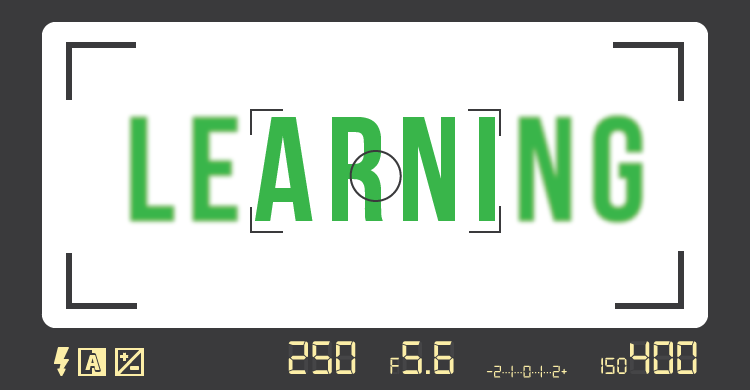One of the first tenants of building a PLC culture is to ensure the focus is on learning. This focus on learning consists of a few main ideas. One big idea is built around the concept of ensuring your school’s mission statement is tied directly to student learning. This mission should become the reason why you do all that you do. As an example, Adelai Stevenson High School’s mission statement ensures the focus is on learning: “Success for Every Student.” Short, simple, and to the point! The belief of every adult in your building has to align to your school and school district’s mission statement, which ultimately should focus on student learning. Some work may need to be done to ensure your mission is completely focused on student learning – and of course creating your vision statement and collective commitments. There are plenty of resources online to help your school engage in this work collectively.
The second big idea when ensuring your focus is on student learning is to examine all practices that hinder or help student learning in your school or district. This is an important task and one we may not discuss as much as we discuss mission statements. I have been guilty of spending about 30 minutes in a faculty meeting to discuss this question. I put up a chart and ask teachers to list what practices hinder student learning and then what practices help student learning. I’ve learned over the years that this conversation needs a lot more time than those 30 minutes. For one thing, those kinds of practices don’t necessarily come to mind right away. How do you prepare the stage for that conversation to begin? How do you get teachers or principals to begin thinking about your school’s or district’s policies and practices ahead of time? A suggestion is perhaps to give your staff a copy of the school’s handbook of those policies and practices in advance. This way, teachers can review them ahead of time and begin thinking about that important question.
During the actual conversation, it would help to write those policies down into those two categories, but do more than just listing them down. Facilitate conversations about the how. In other words, facilitate the discussion on how that particular policy hinders student learning. That conversation should hopefully spark more ideas and create a better understanding of the purpose of this conversation – are all our policies focused on student learning in that they truly support student learning, not hinder it? This may end up being a process that takes several meetings if you are truly trying to get a comprehensive list of those practices and policies.
After you have spent a few weeks creating this list, then turn your conversations into answering, “So now what do we do?” You’ve identified what hinders student learning –what do we do with those policies and practices? What does it mean to get rid of them or change them? For some, this whole process could even take up an entire school year! The point is, this is an important foundation in your journey of becoming a PLC – ensuring all your policies align to your mission statement, which ultimately should focus on student learning.
[author_bio id=”160″]






